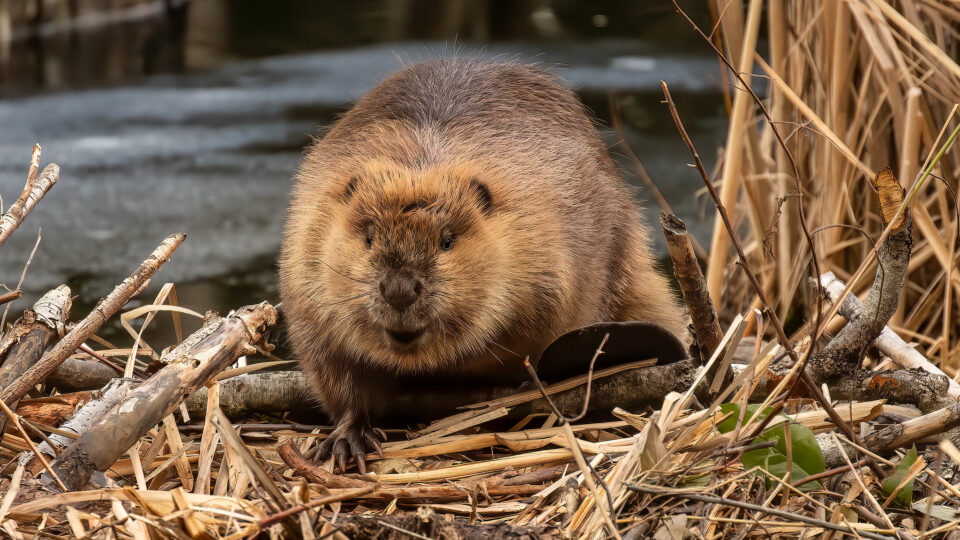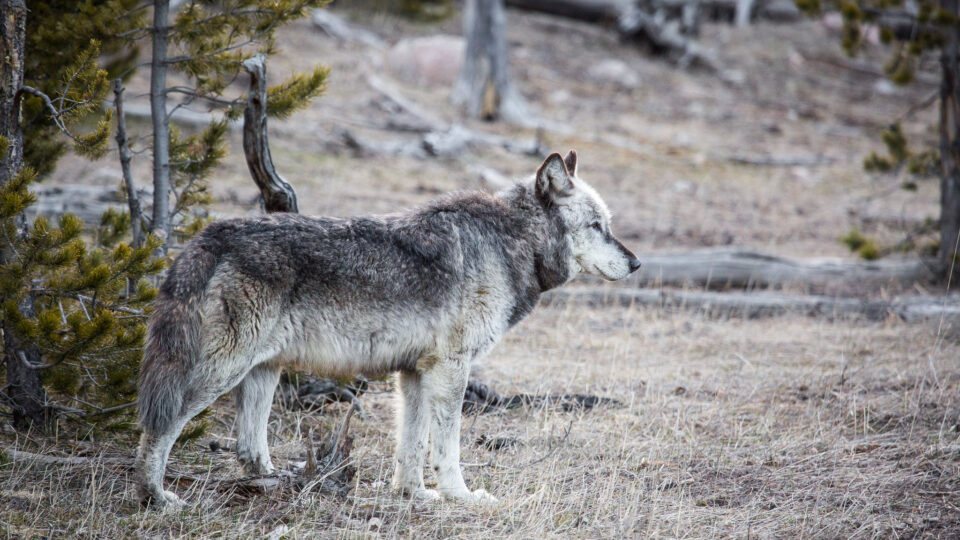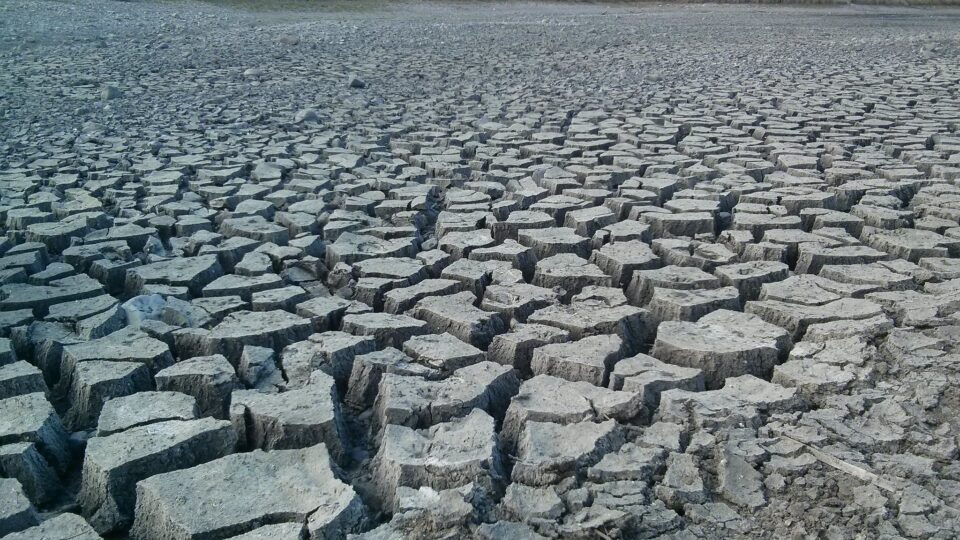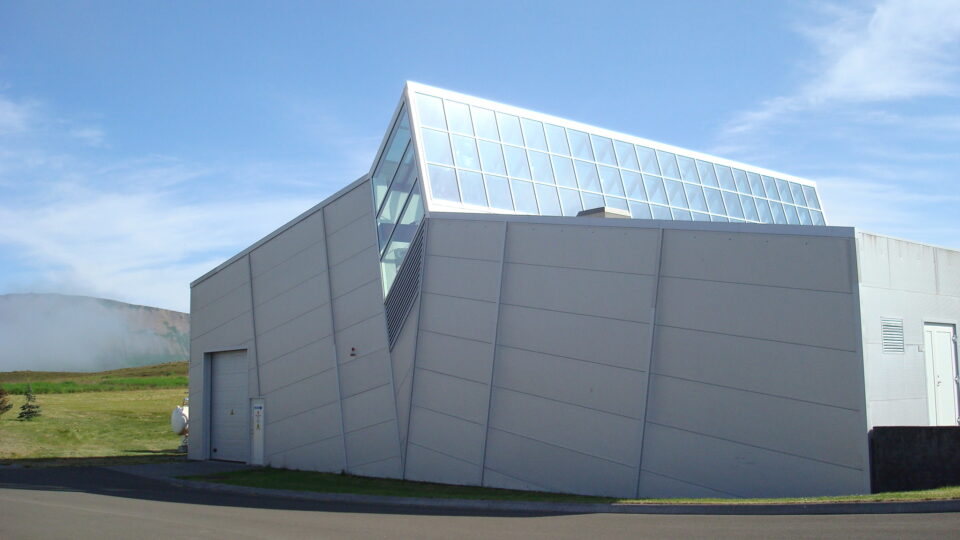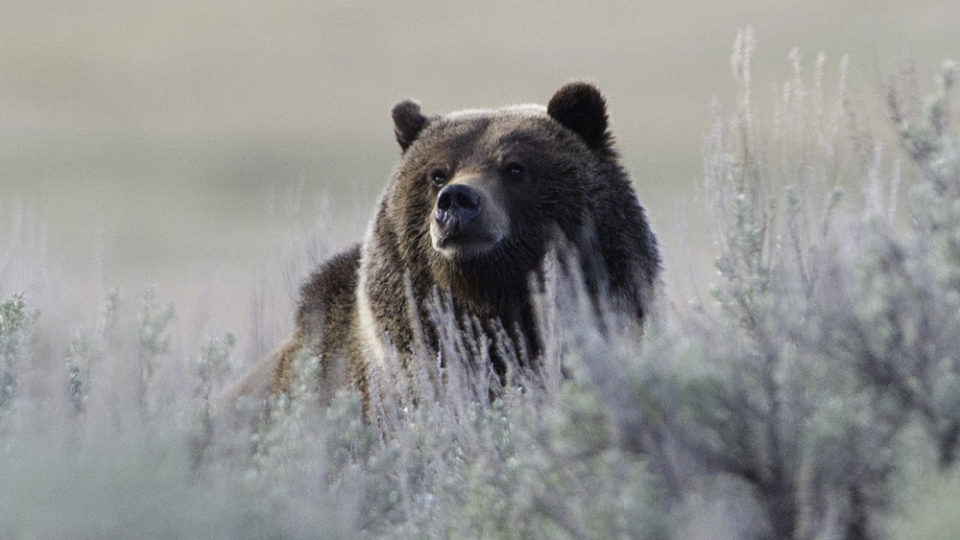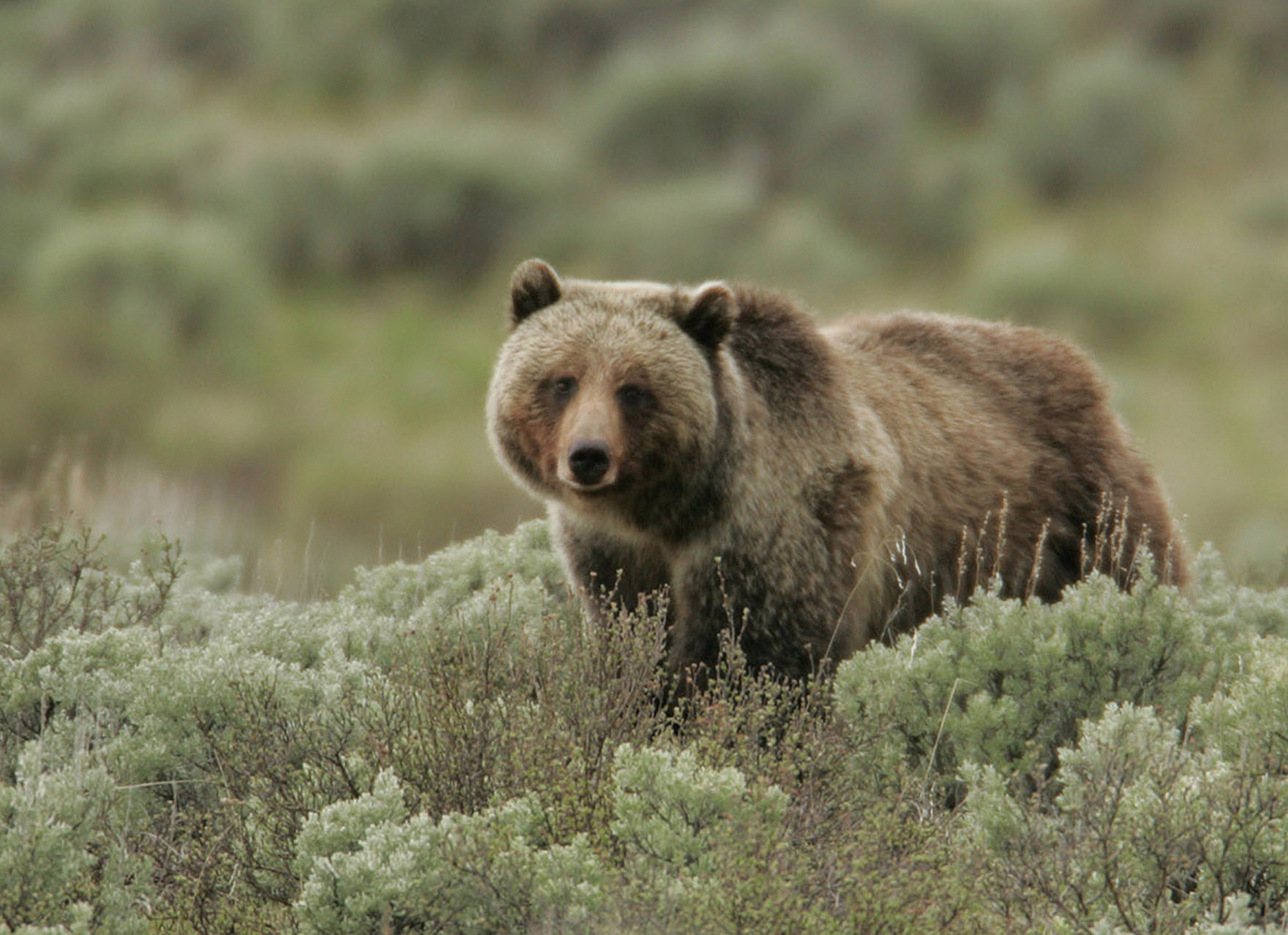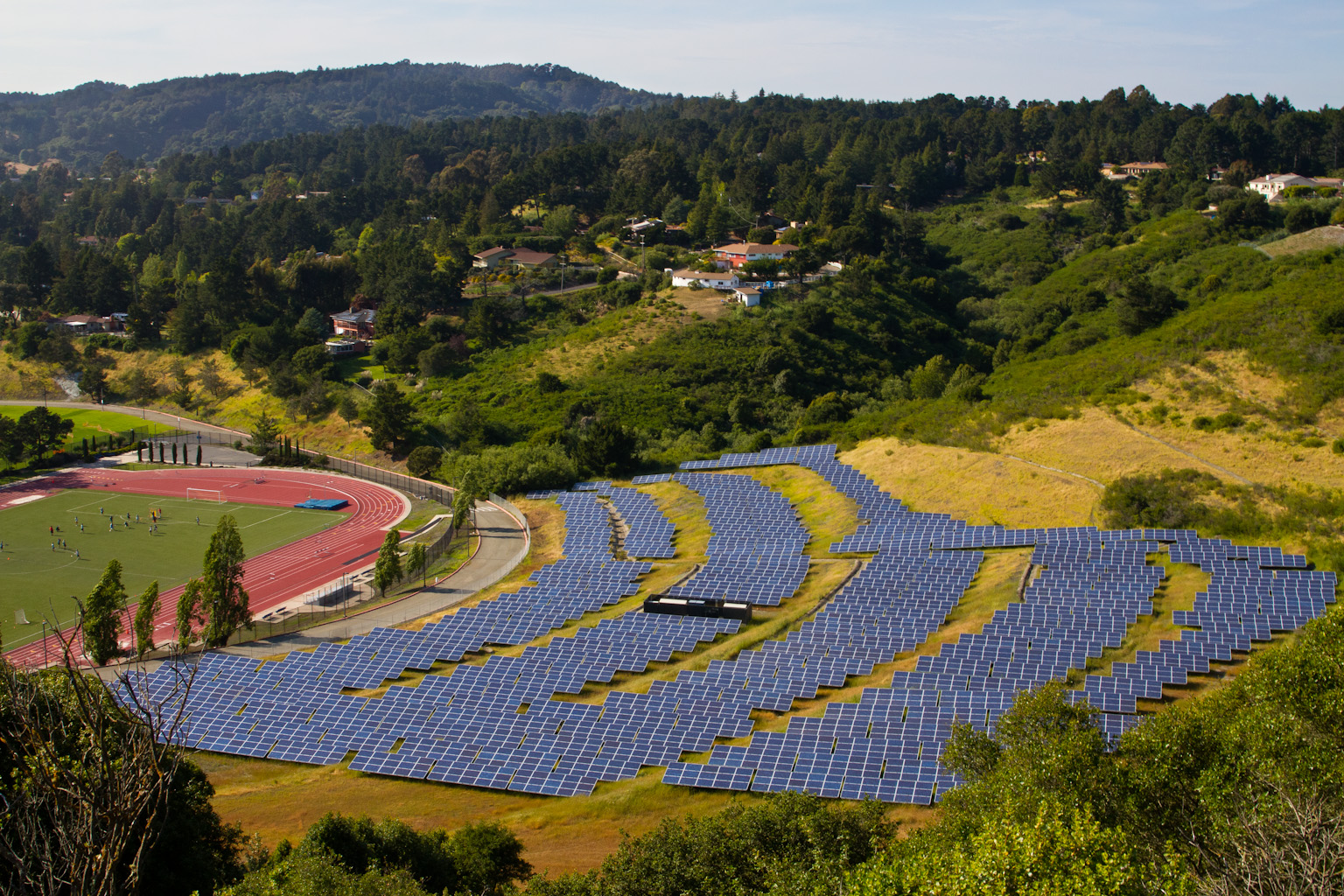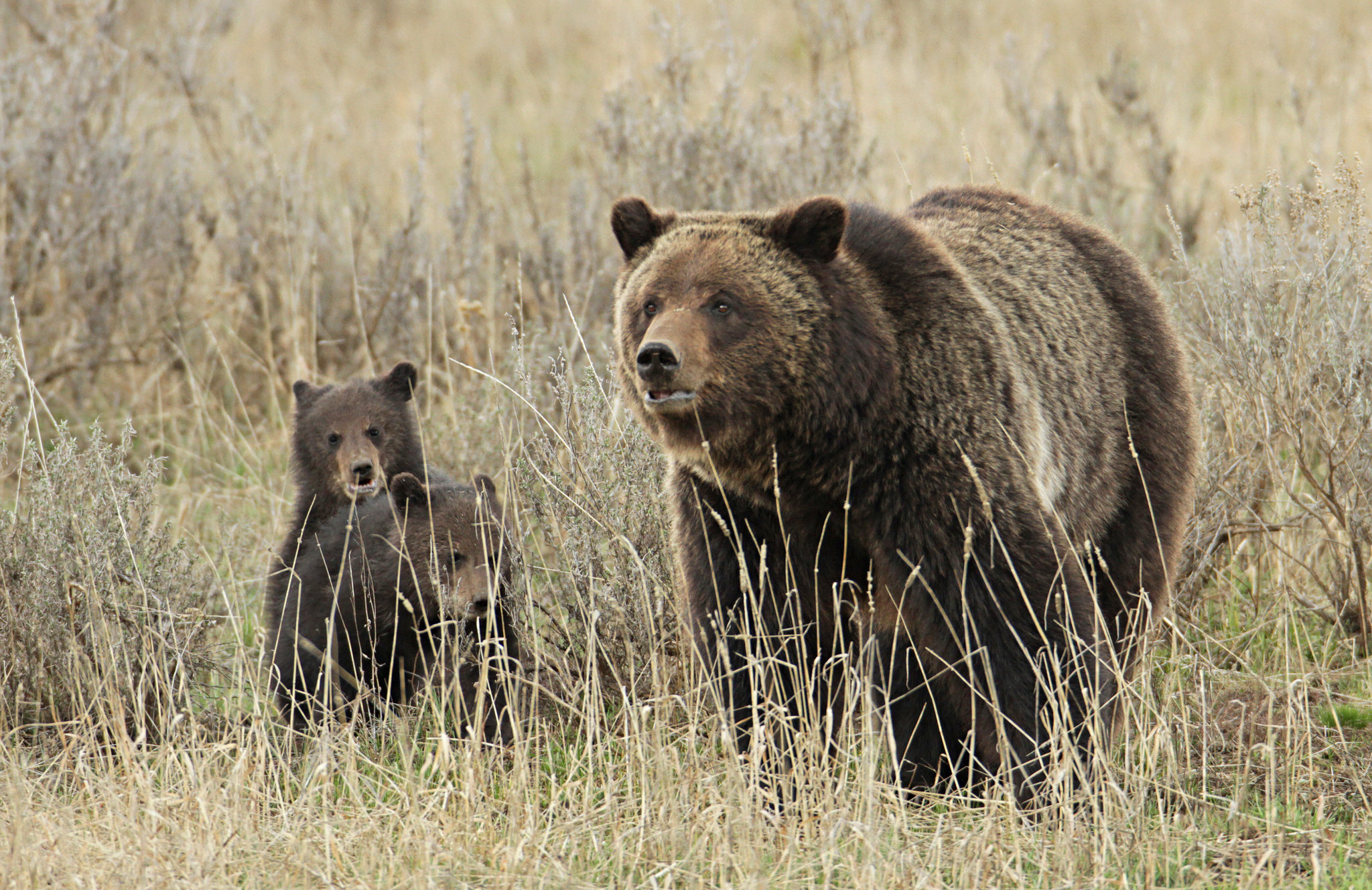Beavers are ecosystem engineers based on their ability to construct dams and create ponds. By doing so, they create wetland habitat for other species. They create biodiversity by allowing plant species to emerge in new places as they clear out existing trees and other plants. Beavers improve water quality and their dams store water during droughts. Their handiwork minimizes flood risk and mitigates flooding impacts.
Before beavers were widely trapped, there were beaver dams just about everywhere in the American west. Now beaver rewilding is trying to restore many western ecosystems. In places like Idaho, ranchers have gone from seeing beavers as a nuisance to actually recruiting them onto their land. One cattle rancher began stream restoration on his land with beaver rewilding in 2014. By 2022, he was a firm “beaver believer”. There are now over 200 beaver dams along Birch Creek near Preston, Idaho, and the stream now flows 40 days longer into the year.
NASA has established a team to investigate the extent to which beavers can have an outsized and positive impact on local ecosystems. The team is using NASA’s Earth Observation satellites to observe the effects beavers are having. Satellites can collect data from large areas and can pass over the same areas regularly and across seasons. The goal is to support people on the ground who are implementing beaver rewilding efforts to increase water availability and to increase habits for fish and other species. NASA’s project will run through 2025 and it plans to expand it to other states with similar terrain and water management strategies.
**********
Web Links
Researchers Become “Beaver Believers” After Measuring the Impacts of Rewilding
Photo, posted February 23, 2021, courtesy of Deborah Freeman via Flickr.
Earth Wise is a production of WAMC Northeast Public Radio
